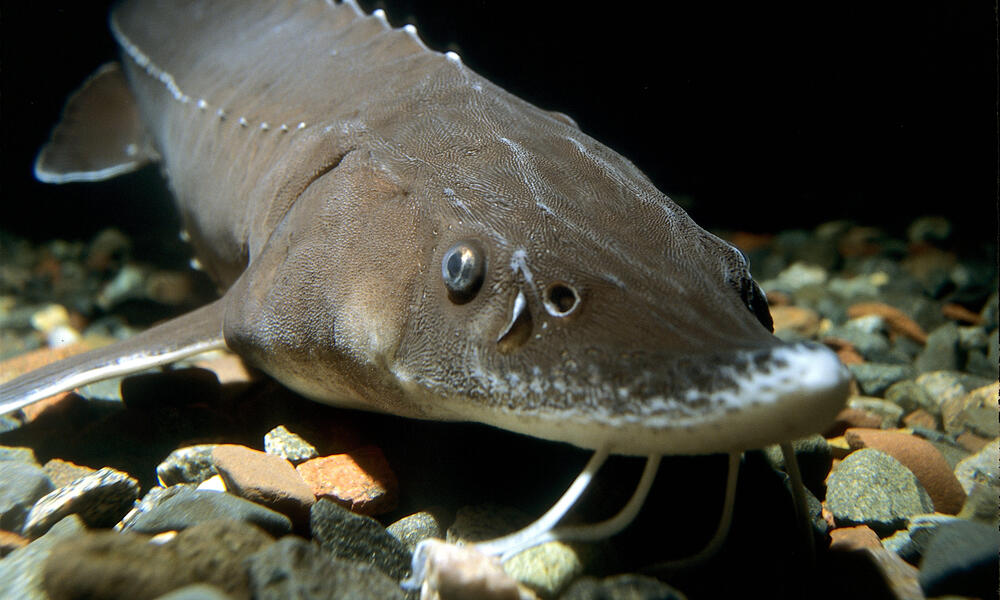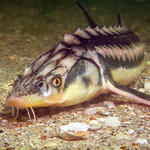“There’s something to be said about humanity, when a species that’s outlived the dinosaurs is pushed to the brink of extinction by humans who have, in comparison, existed for a mere blip in time,” said Beate Striebel-Greiter, WWF’s lead for the Global Sturgeon Initiative. “We call on countries to stop turning a blind eye to the extinction of sturgeon and implement the solutions they know can help save these iconic species.”
The assessment highlights once again, the urgent need for governments to agree on an ambitious global framework for nature. In particular, the new deal must prioritize freshwater species and ecosystems, which have invariably been overlooked despite being among the most at risk.
Poaching sturgeon for the illegal trade in wild-caught caviar and meat is one of the leading causes of their demise. Last year, WWF revealed that one-third of caviar and meat products sold in the lower Danube region were sold illegally. Hydropower dams blocking migration routes, unsustainable mining destroying spawning grounds, and habitat loss are other major threats to the species.
Despite the concerning update, there are reasons to remain optimistic. Following 30 years of restocking, young Adriatic sturgeon—a species that was previously thought to be extinct in the wild—have been documented in Italy. And the incredibly rare Amu Darya shovelnose sturgeon have been found in Uzbekistan, suggesting that these populations are still breeding and could potentially be revived. Meanwhile, long-term conservation efforts in North America have helped to stabilize and increase some sturgeon populations, including the white sturgeon in the Fraser River in the US.
IUCN, the World Sturgeon Conservation Society, and WWF are working with partners to safeguard these species through scientific research, raising awareness, and directly engaging in conservation projects to bridge the gap between science and management.
Learn more about WWF's freshwater work.

